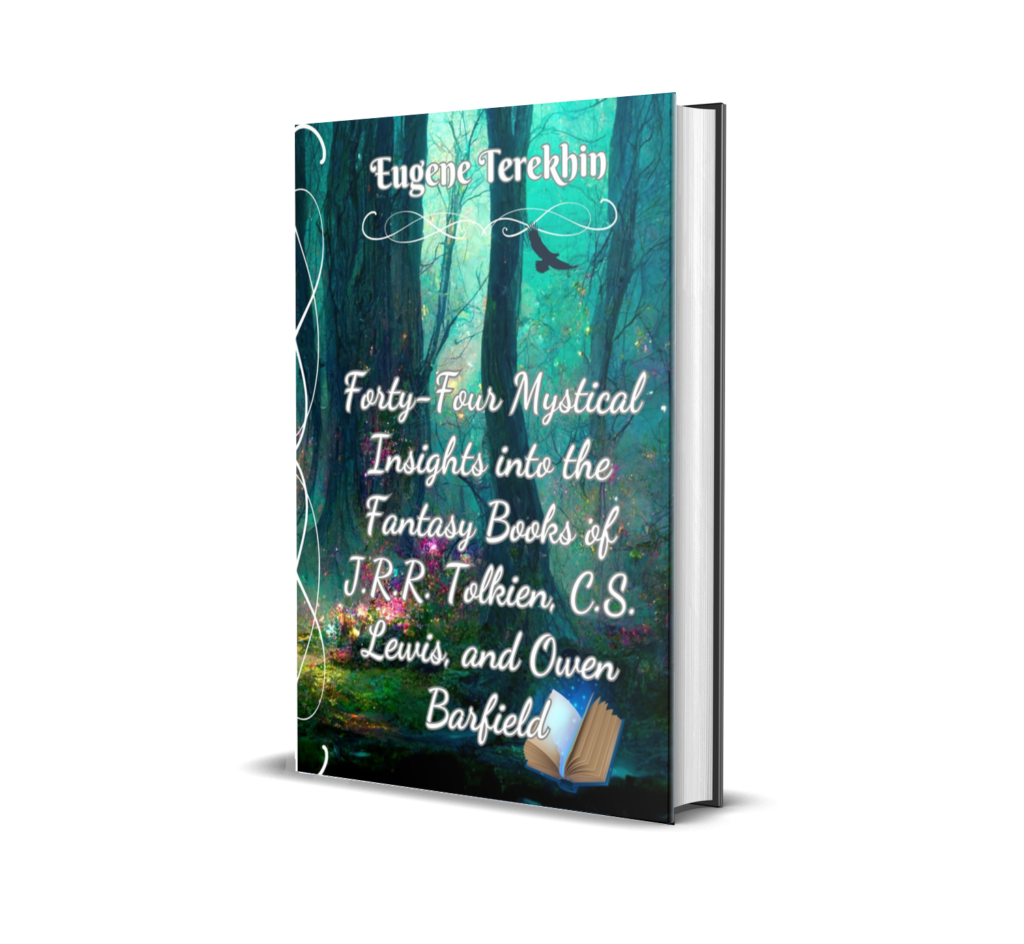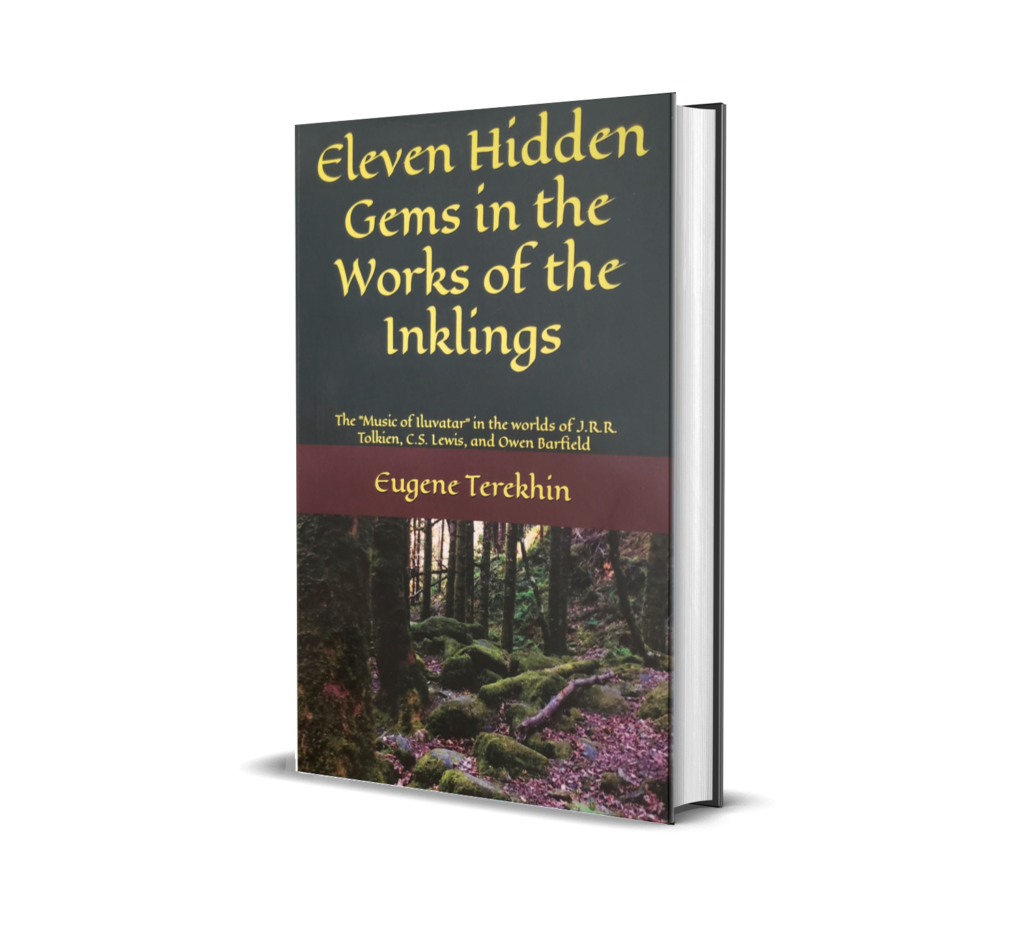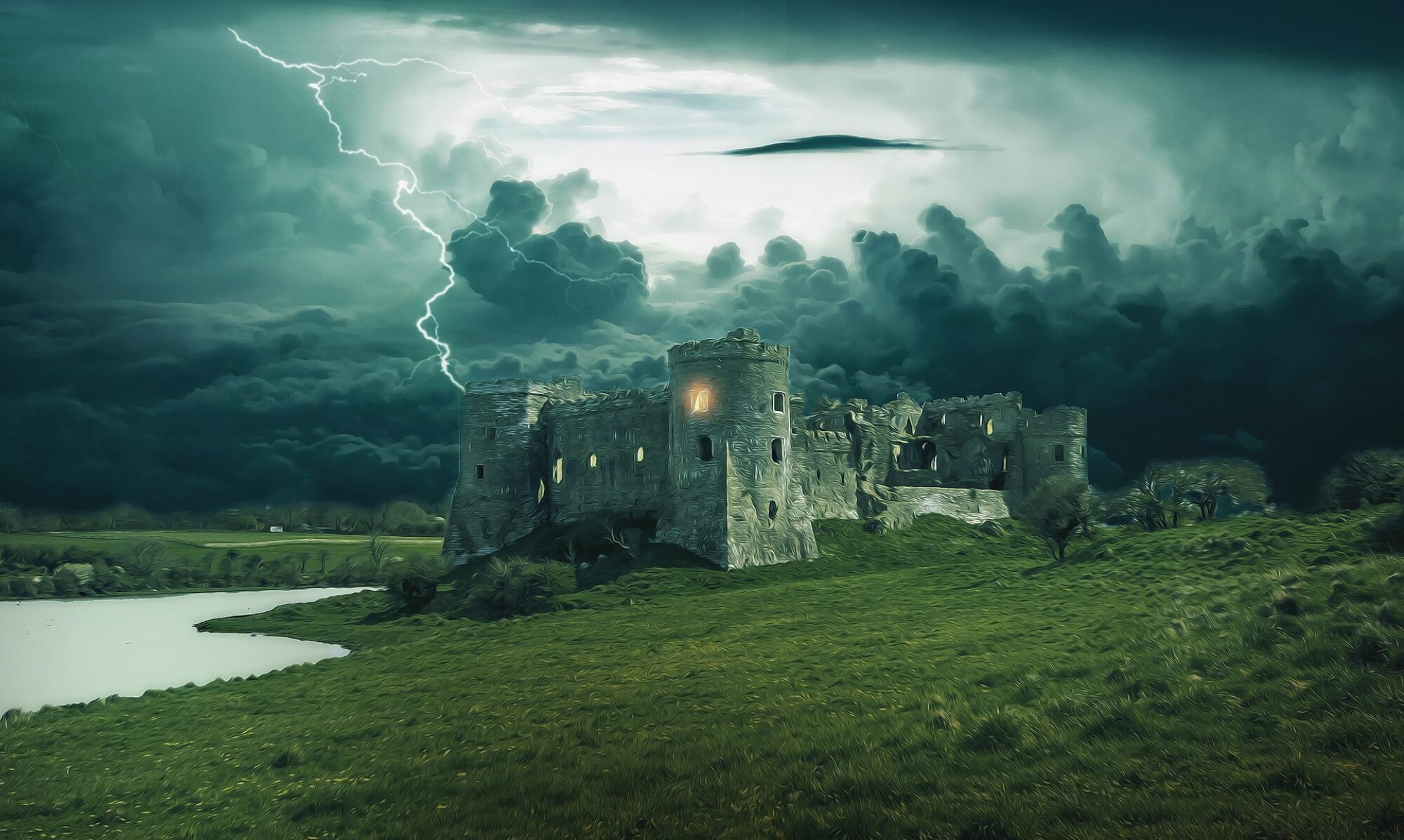What is the psychology behind fairy tales? G.K. Chesterton’s ability to turn ordinary things into extraordinary things is extraordinary.
“For those who think that dandelions are only a nuisance, let us point out that they possess the pure gold of a fairy tale.” G.K. Chesterton
I watched a video once about him years ago where he was challenged to find something poetic about a mailbox. In minutes, he came up with an ode to the mailbox as one of the most magical objects in the universe.
When you stand in front of that slot holding your letter, you suddenly realize that you are entrusting your whole life to that “thing” and when you let go, there is no going back. Mailbox is the ultimate symbol of letting go and letting God.
Dandelions are a symbol too. Or rather the ultimate test of whether we can find the extraordinary in the ordinary.
“Through mere complexity of the earth, we may no longer see the dandelions; yet they have all the point of the stars, with none of their terrible distance.”
Modern life is complex; dandelions are simple. Modern life distracts us from appreciating simplicity. Dandelions test our ability to remember the stars in heaven.
In Genesis 4:17, the first thing Cain did after killing his brother Abel was build a city. Why would he even come up with such a strange idea? There were no cities before. Apparently, he instinctively sought protection from “those who might kill him.” Also, he was afraid of becoming “a fugitive and wonderer,” so he built a place that accumulates people.
Apparently, the city served two purposes — by accumulating many people in one place, you make life complicated. Complexity allows you to not notice simple things — like dandelions. Cain didn’t want to see simple things because they reminded him of the stars of heaven. You don’t see many stars in the city. You are too distracted to look up — or down.
In Russian, the word for “city” (город) is etymologically connected to the verb “to insulate oneself” (отгородиться). The city allows you to insulate yourself from everyone else even though you are literally among thousands. You have the illusion of being around people, but in reality, you are protected from them all. That’s why the cities exterminate dandelions — they are too simple and remind people of the stars.
They remind us of the pure gold of a fairy tale. Fairy tales are simple, and they rarely take place in the city (unless it’s an enchanted city). Fairy tales usually call us out of the city and lead us into forests, meadows, dales, and mountains. The function of a fairy tale is simple — return us to the original simplicity. Only original simplicity is powerful enough to re-enchant those who have been disenchanted.
What is the psychology behind fairy tales?
The doors to Narnia are many. In fact, they are everywhere. We don’t see them because our lives are too complicated. We weed the fairy tale out just like we weed out dandelions. However, the fairy tale still grows wherever it can find a patch of land. It can’t be exterminated. It is stubborn like all weeds.
Its function is simple — to re-enchant us back from the barren place of self-isolation and into the enchanted woods where everything is a door into the enchanted land. We need those “tremendous trifles” — like dandelions — to remind us that there’s nothing ordinary, and everything is, ultimately, a living symbol ushering us into an invisible Kingdom.
Check out my new book on Amazon!




